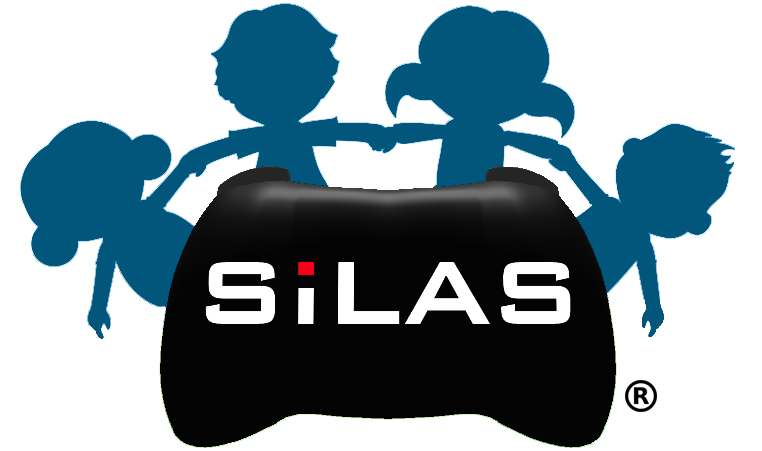SiLAS is revolutionizing the manner in which professionals teach social skills to their students! SiLAS is providing a fusion between the fields of edtech and social/emotional learning (SEL). One of the ways we are redefining SEL with edtech is by using SiLAS to teach facial emotion recognition to children with autism. This is done by using 3d avatars and a formalized, step by step, curriculum.
Social (pragmatic) communication disorder (SCD) is a new diagnostic category in the Diagnostic and Statistical Manual of Mental Disorders, fifth edition (DSM-5). SCD is characterized by a persistent difficulty with verbal and nonverbal communication that cannot be explained by low cognitive ability. Symptoms include difficulty in the acquisition and use of spoken and written language as well as problems with inappropriate responses in conversation. The disorder limits effective communication, social relationships, academic achievement, or occupational performance. Symptoms must be present in early childhood even if they are not recognized until later when speech, language, or communication demands exceed abilities (www.AmericanPsychiatricAssociation.com)

It is critical that educators properly evaluate students with social pragmatic disorders! Standardized testing is a key component of the assessment in terms of planning an appropriate therapeutic program. Most language assessments focus on concept language and not on social functions or on the interpretation of social language which is needed to assist students with SCD . That’s why, with the help of Bernadette, we built SiLAS to optimize what we already know about using virtual reality and avatars to teach students with SCD:
- Virtual reality represents real-life experiences in a safe, controllable manner that allows for repeated practice and exposure (Freyberger, 2017).
- Virtual reality can be adapted to the current level of the child and develop at different levels, leading to a scaffold learning approach (Cobb, Eastgate, Glover, Kerr, Neale, & Reynard, 2002).
- The number of cues in the environment can be manipulated (Cobb et al., 2002).
- There is likelihood of instructor fatigue in traditional programs but not in computerized programs (Freyberger, 2017).
- Students are motivated to participate and there is a likelihood of generalization .
- Virtual reality has previously been shown to improve social recognition including affection recognition and TOM in young adults (Kandalaft, M., Didehbani, D., Krawczyk, T., & Chapman, 2013).
SiLAS incorporates the best practices and provides the tools needed to help teach students with SCD how to recognize facial emotions. As Bernadette continues to do work in this promising field, we continue to be committed to keeping SiLAS on the cutting edge by making SiLAS the best it can be!

One Reply to “The Powerful Use Of Avatars In Social And Emotional Learning”